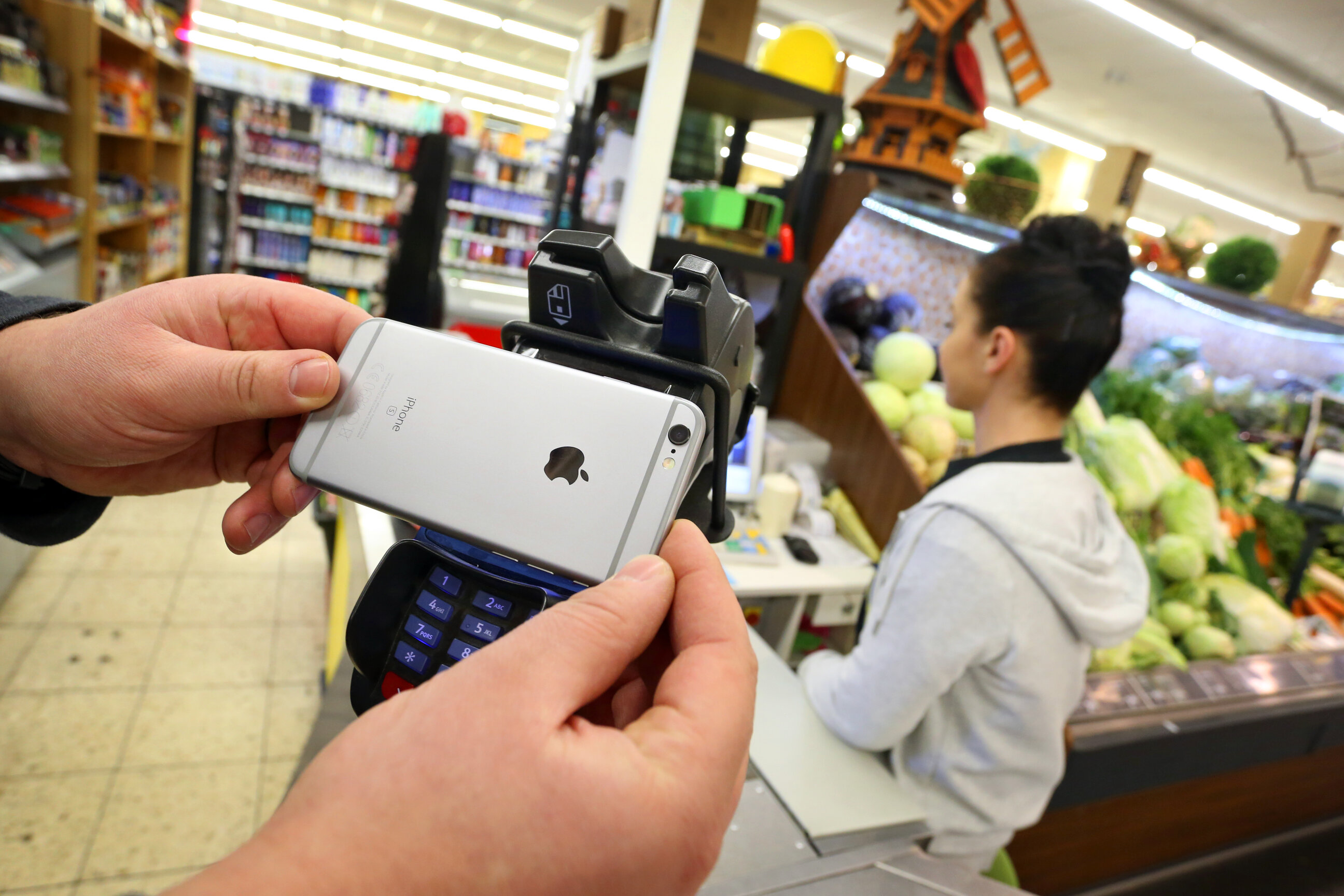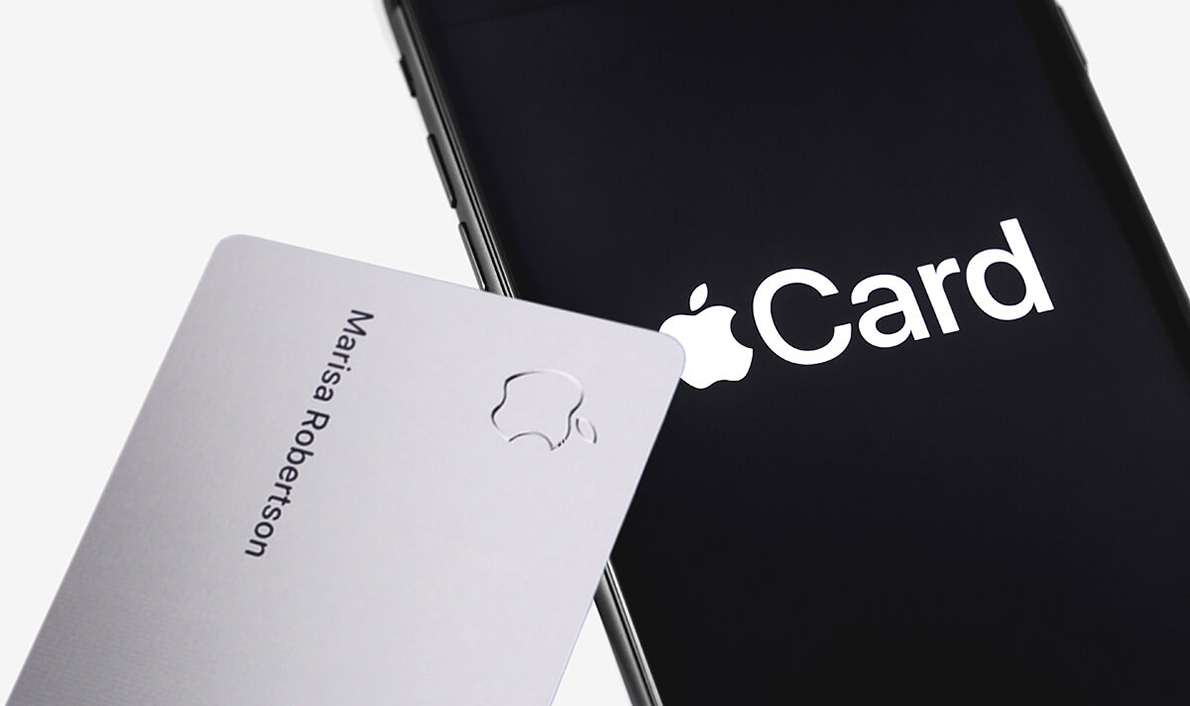Nearly every business I visit now over the course of a day, with a few stubborn exceptions, thankfully allows me to go cash-free. At my favorite local breakfast spot, for example, I whip out my iPhone, tap the keypad, and I’m done. At Starbucks, Target, my favorite dinner destination, and more — the same story. One tap, no hunting around for cash, no dealing with loose change, and the like, thanks to Apple Pay — the digital wallet and payment service that comes standard on iPhones.
It could feel, at times, a little lonely asking businesses the same question, over and over again, in the wake of the service’s launch back in 2014: Do you take Apple Pay? Today, though, the story is quite different. And in such a way that speaks to the patience of CEO Tim Cook’s Apple to try something new — and to stick with it over the long term.
iPhones with Apple Pay activated today
According to data from Loup Ventures, the percentage of iPhones with Apple Pay activated was a mere 10% back in 2016. A year later, that had doubled to 20%, and it was up to 50% by 2020. Perhaps it’s people’s skittishness about physically interacting with strangers during the pandemic that accounts for some of that growth, since Apple Pay lets you forgo exchanging physical cash. Whatever the reason, though, that percentage is now up to 75%.
When you consider the statistic from earlier this year, that Apple has some 1.8 billion active devices in use worldwide, it becomes readily apparent just how big of a service Apple Pay is now for the iPhone maker.
Here’s another fascinating data point, which has all sorts of implications for other Apple businesses, like Apple TV+.
According to Apple, the number of retailers across the US that accepted contactless payments back when Apple Pay launched stood at just 3%. Now, Apple says around 90% of US retailers take Apple Pay. For what it’s worth, the coveted demographic with an abundance of disposable income (teenagers) also admits to favoring Apple’s payment service over rivals like Venmo and PayPal. That’s according to the latest data from Piper Sandler.
Holdouts that I alluded to above include Walmart, which has built its own proprietary mobile payment solution. I’ve tried it, and it works fine — though, of course, it works only with a single retailer, Walmart. You load a credit card into Walmart’s payment app, open that app, and then scan it at checkout to complete your transaction.

Apple Card
For me, though, where Apple’s payment solution gets even more useful is by pairing it with the iPhone-maker’s own credit card.
You’ve got two options there. You can ask for an actual, physical version of the Apple Card. Or you can go with a digital-only version, which you load into your Apple Pay wallet. From there, it becomes another contactless payment option — with normal benefits like cash back, plus an extra layer of security that you don’t get with physical credit cards.

For example, in a matter of seconds with one tap of the screen, you can ask Apple to generate an all-new credit card number for you. Extremely beneficial, for example, if you think yours might have been compromised. If you’re using the digital version of Apple Card, you can also enable a setting that regularly generates a new three-digit security code.
If you only have a physical credit card, of course, the way you get either one of those things is by going through the process of calling up the issuer, asking for a new card in the mail, waiting for it to arrive, and cutting up your old card. Pretty annoying, when there’s a much faster alternative.
With Apple Pay ubiquity in sight, meanwhile, what’s next for the company along these lines? Apple getting into the finance game has worked so well, in fact, that the company has already launched a Buy Now, Pay Later option. It’s also reportedly looking into a subscription option for iPhones.








